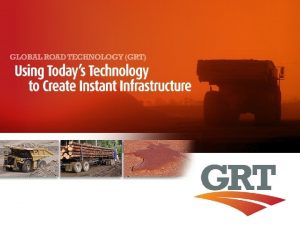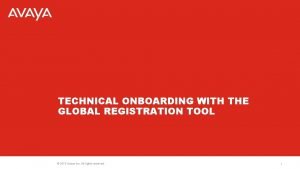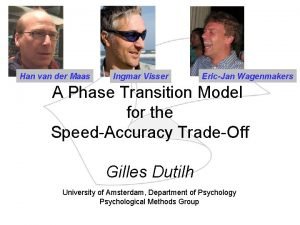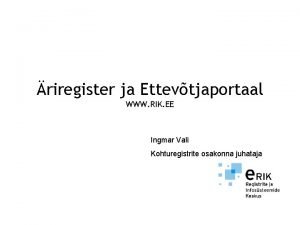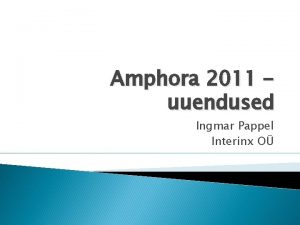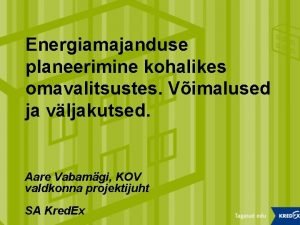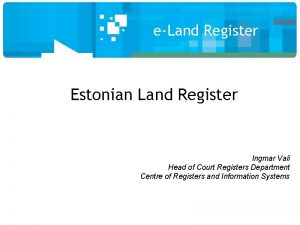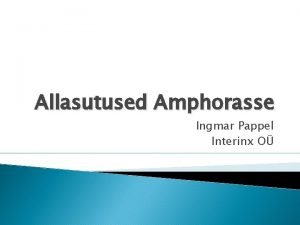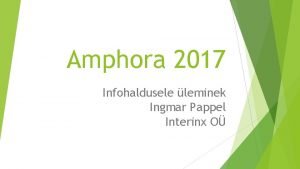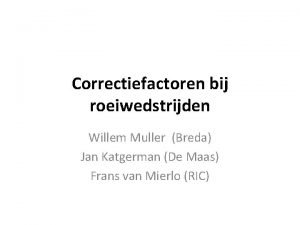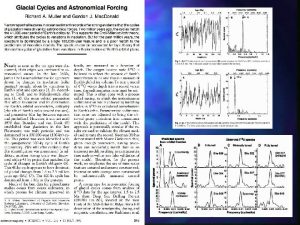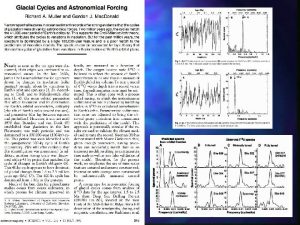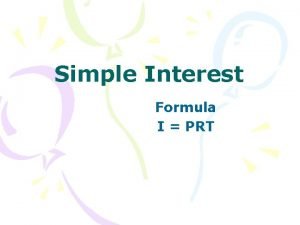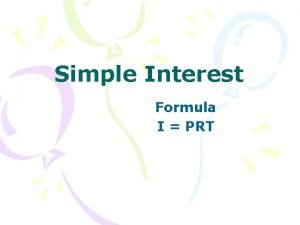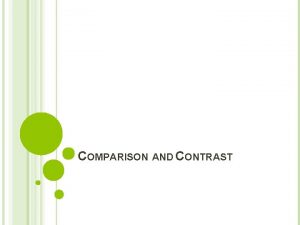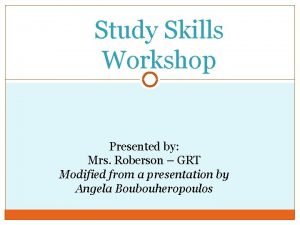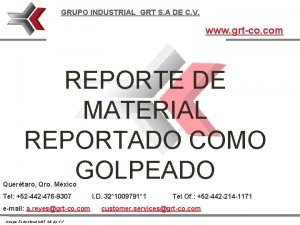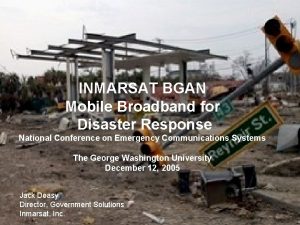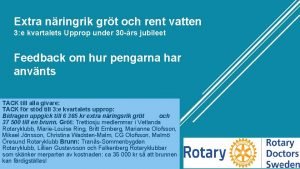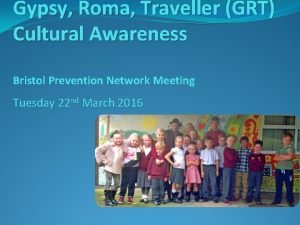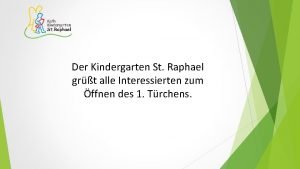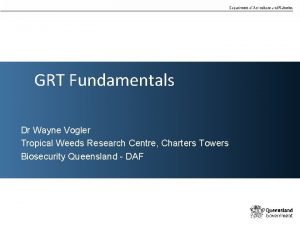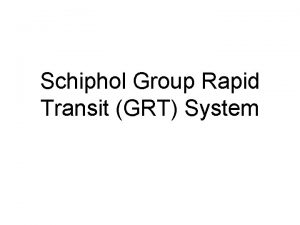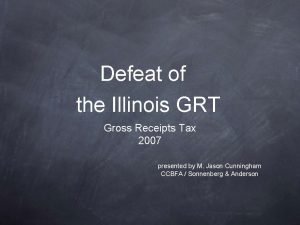LRT GRT PRT Comparison Peter Muller PE Ingmar

















- Slides: 17

LRT, GRT, PRT Comparison Peter Muller, PE Ingmar Andreasson, Ph. D. President, Advanced Transit Association President, PRT Consulting, Inc. Vice President, Advanced Transit Association

Outline Background Methodology West Rail Line Light Rail Transit (LRT) Group Rapid Transit (GRT) Personal Rapid Transit (PRT) High Speed & Capacity PRT (HSCPRT) Comparison of Results Conclusions

Background PRT & GRT First and last mile applications Supplement to conventional transit Replace light rail transit (LRT) Next generation of PRT ? ?

West Rail Line LRT Layout Cost Performance GRT Methodology Matched LRT layout PRT Adapted LRT layout to suit HSCPRT } Increased PRT speed & capacity Compared cost & performance Estimated cost, capacity & ridership

Ridership GRT, PRT & HSCPRT have shorter trip times Increased ridership based on non-linear demand elasticity by a Logit choice model Methodology Mode share decreases as weighted travel time increases

West Rail Line Denver Union Station to Jefferson County Government Center 12. 1 route miles (single track Jeffco to Federal) 14 stations 15 minute headway (7. 5 minute avg. wait time) 55 mph top speed

Denver Union Station to Jefferson County Government Center 12. 1 route miles (LRT layout) GRT 9. 1 track miles at grade, 18. 4 elevated 14 stations 2. 5 minute avg. wait time 35 mph top speed

GRT Ridership increase due to: Reduced wait time Reduced trip time } Logit model

PRT Denver Union Station to Jefferson County Government Center 54 track miles 82 stations 1. 0 minute avg. wait time 35 mph top speed

Ridership increase due to: PRT } Reduced wait time Logit model Reduced trip time Increased walking-area service population 81 destinations per station (up from 13) Assumed to double mode share Accessibility factor = 2

HSCPRT Maximum speed = 70 mph Minimum headway = 1 second (vs. 4 seconds) Ridership increase due to: Reduced trip time – Logit model

Average Weighted Trip Times (minutes) Comparison of Results LRT GRT PRT HSCPRT Riders who park 43 29 24 19 Riders who walk (1/4 mile) 38 24 19 14 Riders who bus 53 39 34 29 Equivalent time by car = 31 minutes

Average Weekday Ridership Comparison of Results LRT GRT PRT HSCPRT 12, 500 20, 370 104, 123 125, 213

Business Case Analysis ($ Millions) Comparison of Results LRT GRT PRT HSCPRT Capital Cost 677 565 1, 203 1, 226 Annual O&M Cost 11 6 23 23 Total Annual Cost 1 47 37 88 88 Total Annual Revenue 12 19 97 117 Net Annual Revenue (35) (17) 9 29 $11. 772 $5. 60 $2. 65 $2. 21 Total Cost Per Passenger 1. Capital annualized at 4% over 25 years 2. Average fare is $2. 92

Sensitivity to Accessibility Factor (AF) Per passenger

This Paper Mode Share Comparison Transit Mode Share Percentage Source: Studies in the named cities

Conclusions GRT, PRT and HSCPRT can all carry their respective projected ridership All three driverless modes attract more riders at a lower total cost per rider than LRT This is an example of transit that can pay for itself and turn entire neighborhoods into Transit Oriented Development

